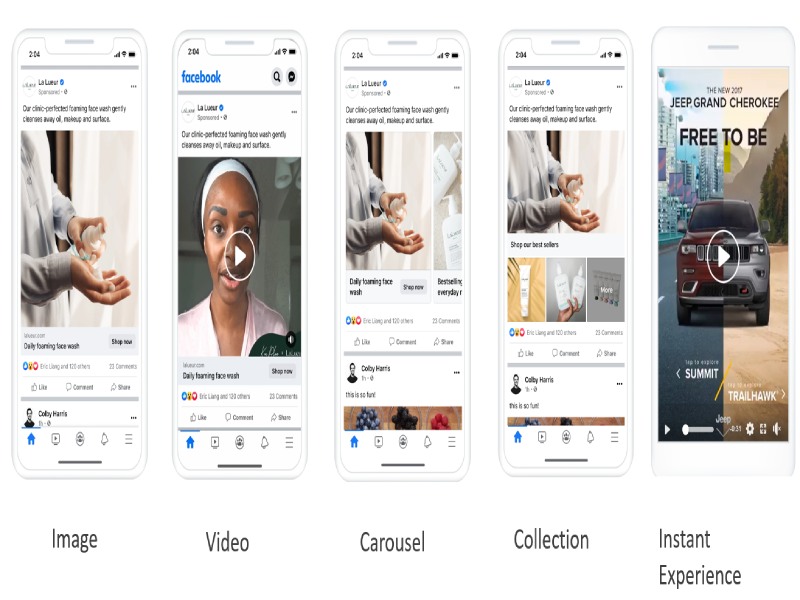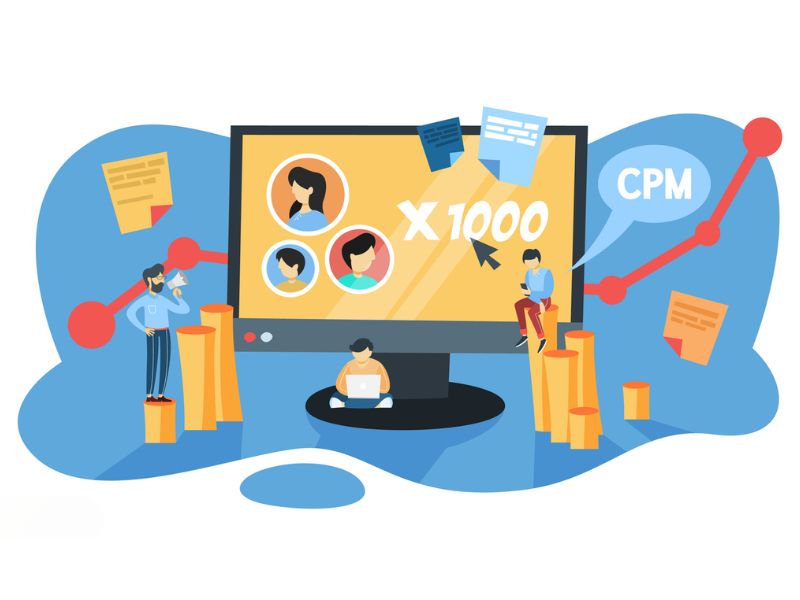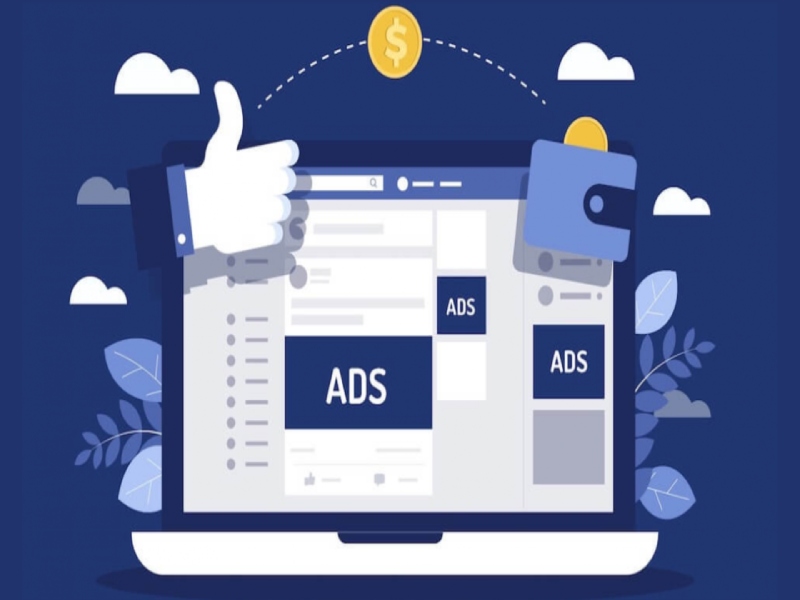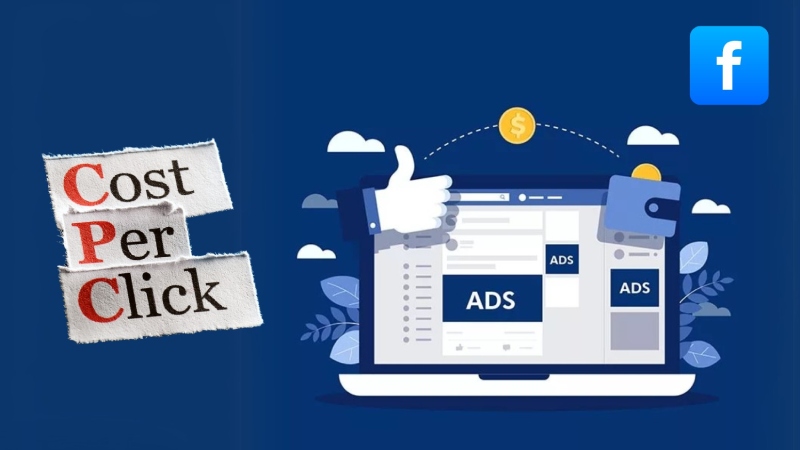Demographic targeting is one of the most effective ways to ensure your ads reach the right people at the right time. Yet, many new marketers are still unsure what is demographics in Facebook ads and how to maximize its potential. In this article, NEMI Ads will provide you with in-depth information, helping you run more effective and profitable campaigns.
1. Overview of Demographic Targeting
Before applying Demographic Targeting in your ad campaign, it’s essential for every digital marketer to understand what it is and how it works.
1.1. What is Demographics and Demographic Targeting in Facebook Ads?
Demographic Targeting is an option that allows advertisers to focus on specific audiences. The Facebook ads demographics list, which includes characteristics such as age, gender, marital status, is used to target advertising campaigns.
By understanding what is demographics in Facebook ads and leveraging this data, businesses can direct their ads to people who are more likely to be interested in their products and services. This leads to better engagement, higher quality leads, and ultimately more conversions.

1.2. How Demographics Targeting Works in Facebook Ads
Understanding how demographic targeting works in Facebook Ads is crucial for setting up campaigns that effectively reach your intended audience. Facebook gathers demographic data from multiple sources, including Facebook User Data, data provided by businesses, and third-party platforms such as Instagram, LinkedIn, and Reddit.
Demographic targeting in Facebook Ads focuses on three main types of audiences:
- Core Audiences:
Core audiences are built using basic Facebook ads demographics list and behavioral data such as age, gender, education, job title, interests, and location. These key data points target audiences who have already interacted with your business and are likely to make a repeat purchase or show purchase intent.
- Custom Audiences:
Custom audiences allow businesses to re-engage with individuals who have already interacted with their Facebook page, website, or app. By targeting these users, you can deliver ads that encourage previous engagers or app users to make a purchase.
- Lookalike Audiences:
Lookalike audiences help businesses expand their reach by targeting new users who share similar characteristics with their existing customer base. By analyzing the interests and behaviors of your source audience, Facebook can create a broader audience that’s likely to respond positively to your ads.
For example: Imagine a real estate agent is running an ad campaign to sell houses in Manila. To optimize the campaign, the business should define:
- Objective: Optimize for conversions, like apartment tour sign-ups.
- Budget: 500 USD/day.
- Running schedule: From September 1, 2024, to September 30, 2024.
Here’s how demographic targeting would look for this campaign:
- Age: 30-55 years old.
- Gender: Both male and female.
- Location: Manila Metropolitan area.
- Household Income: Over USD XX/year.
- Behavior: Individuals who are actively searching for real estate information and have a history of interest in real estate.
By applying these filters, the campaign can effectively reach individuals most likely to engage with the ad and convert.

2. How to Choose the Right Demographics for Your Facebook Ads
After comprehending what is demographics in Facebook ads, you can choose the right data which leads to the success of your Facebook ad campaigns. To do this, you can: Identify your target audience and Leverage Facebook’s targeting features.
2.1. Identifying Your Target Audience
It is crucial to accurately target your potential customers. These are steps to pinpoint your target audience:
- Clearly define what you want your ads to accomplish, whether it’s boosting brand awareness, generating leads, or driving sales.
- Utilize Facebook’s Advantage+ Audience Targeting tool to discover demographic segments that align with your campaign’s objectives, enabling more effective targeting.
- Create customized audiences based on your findings.
Key options when defining your target audience include:
Audience Size: Facebook allows you to adjust audience size directly from Ads Manager. Avoid making the audience too narrow, as it can limit reach and reduce campaign effectiveness.
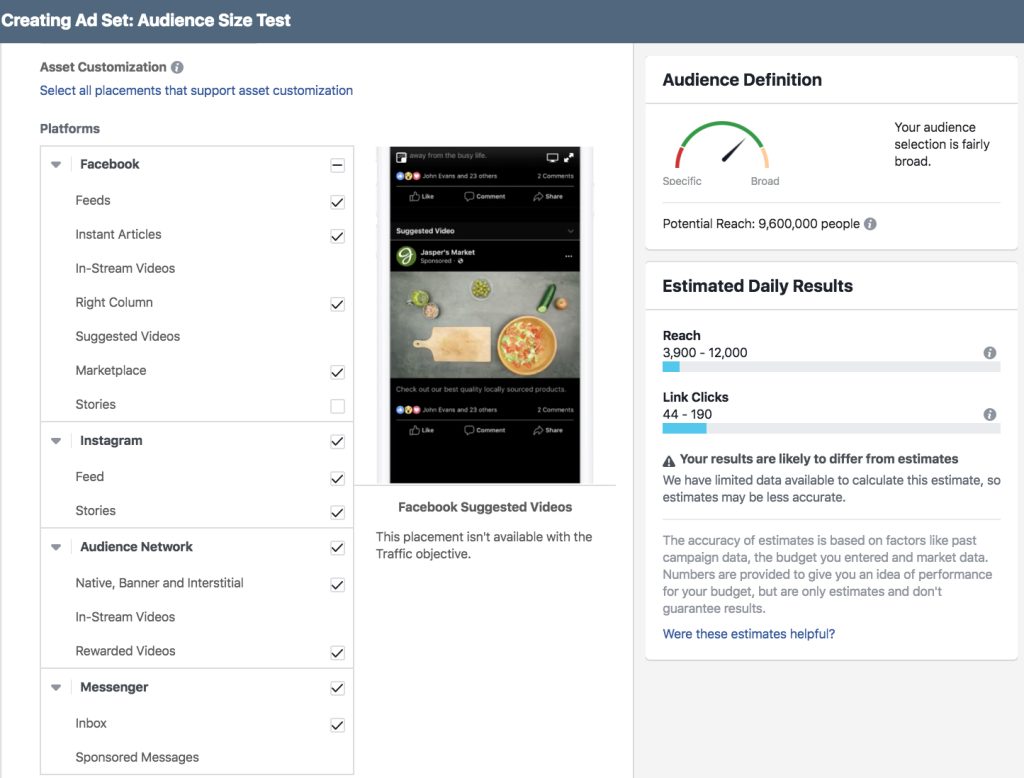
Location Targeting: Facebook’s location targeting lets you narrow your audience based on geography. You can target an entire country or a specific region, city, or even use radius targeting to reach people within a set distance. This is ideal for local businesses or events.
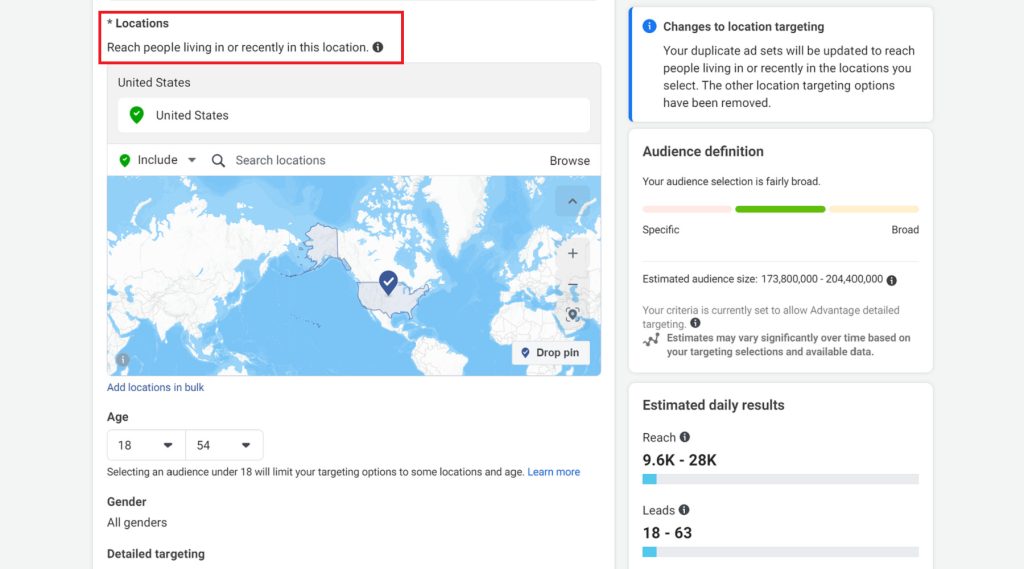
Saved Audiences: For audiences that have worked well in the past, Facebook’s Saved Audience feature allows you to retain and reuse demographics, interests, and behaviors for future campaigns.
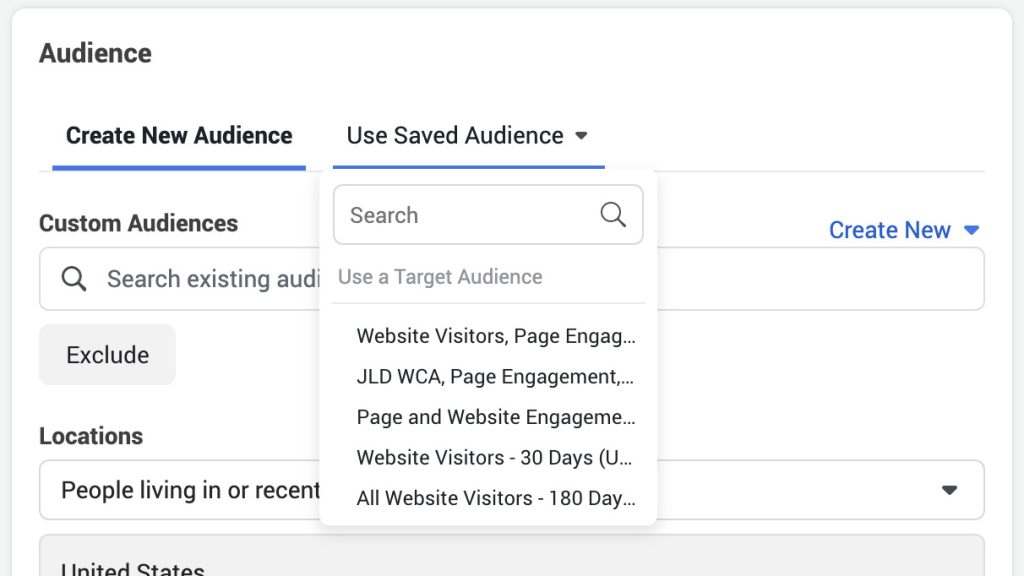
2.2. Using Facebook’s Demographic Targeting Options
Effectively making use of Facebook’s demographic targeting options can maximize the relevance of your ads, which in turn leads to higher conversion rates.
To use this option, following these steps:
- Navigate to Ads Manager and select your campaign.
- In the Audience section, select demographic factors such as age, gender, and geographic location.
- Refine your audience with additional demographic options like education level, job titles, or other characteristics that align with your campaign’s goals.
For example, if you are running an ad campaign for a local gym, you might target:
- Age: 25-40 years old.
- Location: in a specific city.
- Job titles: “Manager,” “Office worker.”
- Interests: “Fitness” or “Healthy living.”
Note:
You can add further options to make your target audience even more specific, which helps improve the accuracy and effectiveness of your targeting.
It is important not to make your audience segment too narrow, as this can limit your ability to reach potential customers.
Avoid selecting mutually exclusive characteristics, as this can complicate the filtering process and lead to less efficient targeting results.

>> For personalized advice on fine-tuning your demographic targeting, reach out to NEMI Ads today.
3. When is Demographic Targeting Suitable for my Campaign?
By comparing different targeting methods based on factors like its target, advantages, and disadvantages, you can determine whether demographic targeting is the most appropriate option for your Facebook ad campaign.
| Targeting Method | Target | Advantages | Disadvantages | Example |
| Demographic Targeting | – Personal details such as age, gender, location, education level, etc. | – Easily targets key demographic factors like age, gender, and geographic location.- Highly accurate when aiming at life events such as marriages, anniversaries, or birthdays. | – Self-reported data may be inaccurate.- Information can be outdated, especially for job titles or careers. | – Age: 18-35, – Gender: Male, – Location: Ho Chi Minh City |
| Interest Targeting | – User interests based on their Facebook activities. | – Suitable when targeting groups with specific interests or hobbies.- You can combine multiple interests to improve targeting precision. | – Privacy updates (e.g., iOS 14) may limit data accuracy.- Interests may not always reflect current preferences. | – Interests: Travel, Technology, Fitness |
| Behavioral Targeting | – User behavior and past activities, such as purchasing habits or device usage. | – Effective for targeting based on shopping behaviors and online activities.- Ideal for promoting specific products. | – Data accuracy can be limited by third-party tracking restrictions.- User behaviors may shift over time. | – Has purchased online- Device used: iPhone |
In short, demographic targeting is most effective when:
- Your product or service is aimed at a specific group of people based on personal details such as age, gender, or location.
- You want to target important life events like marriages, anniversaries, or birthdays.
- Your campaign requires a high degree of accuracy based on demographic factors like age, gender, or marital status.
Demographic targeting can also be combined with other targeting methods, such as interest or behavioral targeting, to further refine your audience and improve campaign effectiveness.

4. Advanced Tips for Optimizing Demographic Targeting
In addition to the basics of demographic targeting, marketers aiming for more precise audience engagement should consider these advanced strategies:
- Use Broad Targeting to discover your ideal audience: By analyzing performance metrics such as click-through rate (CTR) and conversion rates for each demographic segment, you can adjust your targeting strategy to find the demographic groups that respond best, improving campaign effectiveness.
- Combine Demographics Targeting with Interest Targeting and Behaviors: By layering demographics with interest and behavioral data, you can refine your audience further. This method increases the relevance of your ads, optimizes return on investment (ROI), and enhances customer touchpoints. However, keep in mind that this method may face limitations due to privacy concerns.
- Reach out to your competitors’ audience: Targeting your competitors’ customers can be an effective way to convert their audience into your own. By using Facebook’s Detailed Targeting feature in Ads Manager, you can reach people who follow or engage with your competitors’ brands. Note that this feature is typically available for larger businesses with huge followings.
- Enhance your targeting with Facebook Ad Relevance Diagnostics: A higher relevance score increases your ad’s chances of reaching the intended audience. This tool allows you to monitor your campaign’s effectiveness, demographic data, distribution platforms used and adjust the breadth of your audience.
- Focus on a Local Demographic to reach customers for a Physical Store, Salon, Restaurant, or Hotel: Targeting local demographics is key when driving foot traffic to a physical location. To execute this effectively, select a geographic location, define an audience within a specific radius and fine-tune demographic details to ensure precise targeting.

>>> For an effective demographic targeting campaign, consider contacting NEMI Ads. Understanding your business needs, NEMI Ads is committed to applying advanced and tailored strategies to solve the challenges of ineffective ads and costly campaigns.
5. FAQs about Demographics in Facebook Ads
1. Which demographics are the best for my Facebook ads?
The ideal demographics depend on your campaign’s objectives and audience. It’s important to test various segments and refine based on performance data.
2. How many demographic details can I target in one ad set?
Facebook allows targeting multiple details, such as age, gender, location, and job titles. Avoid over-segmentation, as it can narrow your audience too much.
3. What if I want to automate demographic settings for multiple ad campaigns?
Yes, tools like Facebook’s Advantage+ and campaign budget optimization (CBO) allow for automated, consistent demographic targeting across multiple campaigns.
4. Can I combine demographics with other targeting options?
Absolutely. Combining demographic, interest, and behavior targeting provides a multi-layered approach that improves ad relevance and campaign performance.
5. Can I change the demographics of my audience after the ad has already been launched?
Yes, you can adjust your audience demographics even after your campaign has launched by accessing Ads Manager and making the necessary changes to enhance results. We hope this guide has offered valuable insights into what is demographics in Facebook ads and how to use them for targeting. By mastering the strategies above, you can effectively reach your audience and boost conversion rates. Be sure to regularly visit NEMI Ads for the latest updates and advertising strategies!


